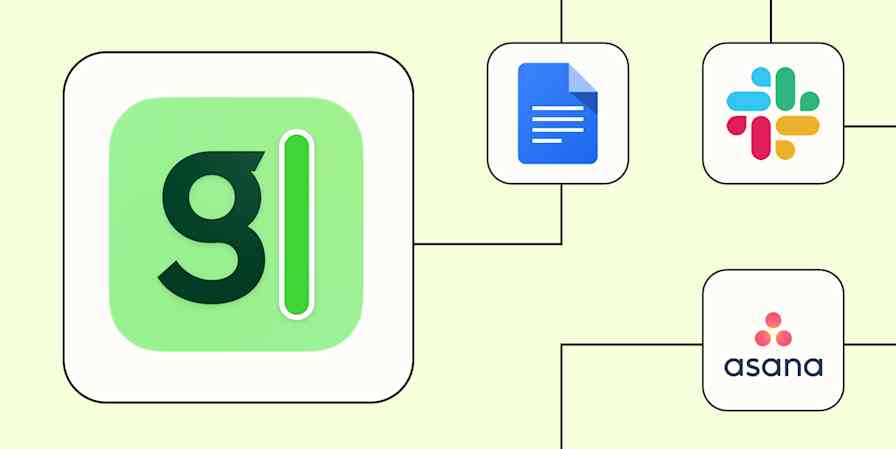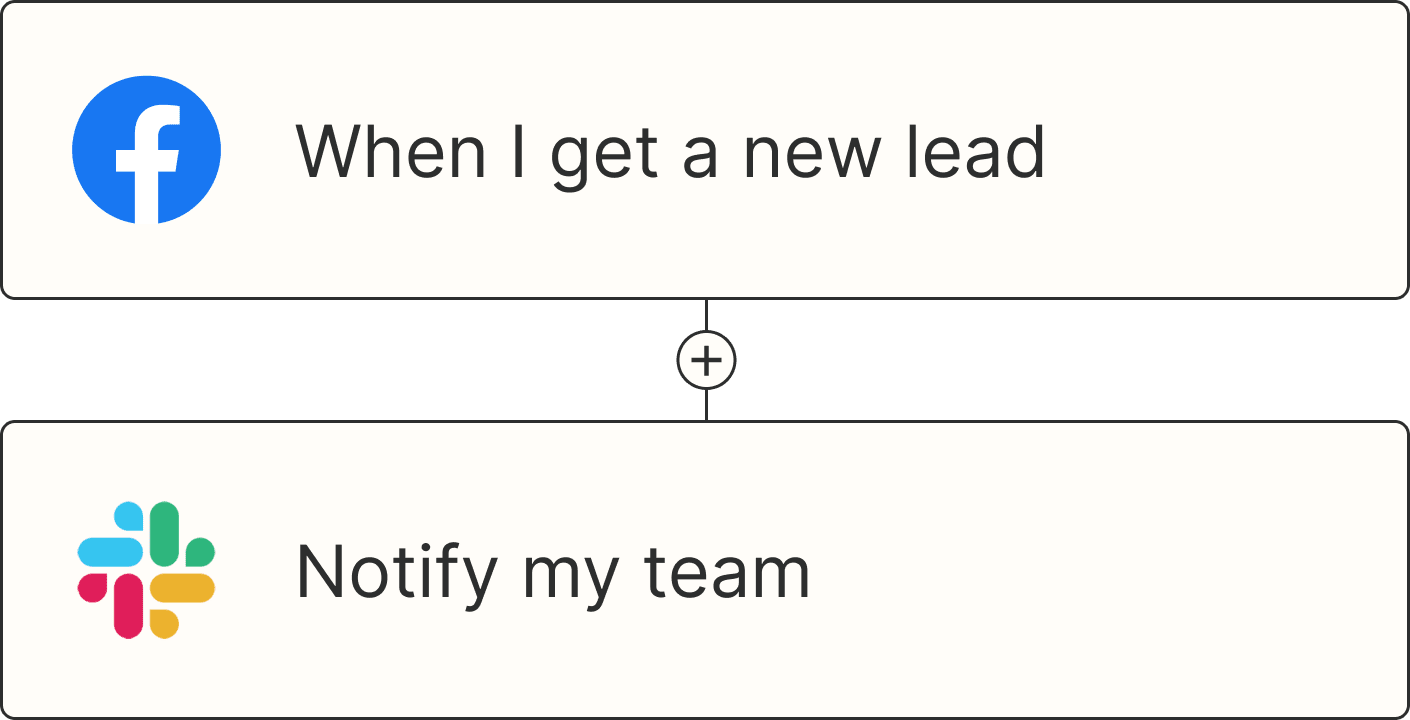Claude powers Amazon's new Alexa+ experience, autonomously resolves millions of customer support tickets via Intercom, and helps users build sophisticated apps through platforms like Cursor and Replit. It sits at the center of the "vibe coding" movement, where non-coders create apps just by chatting with AI, and has devoted fans who praise its surprisingly effective therapy-like conversation skills.
And yet, on paper, Claude seems limited compared to rivals. It can't generate images or videos, it's often months behind on features, and it doesn't have any impressive context windows.
What, then, explains Claude's popularity with consumers and enterprise brands alike? Why are major companies and everyday users turning to an AI that, by many metrics, offers less? In this article, I'll explore what makes Claude a powerhouse in enterprise AI and a favorite among professionals who need depth over breadth.
Table of contents:
What is Claude?
Claude is a family of large language models (LLMs) developed by Anthropic, a company founded by former OpenAI researchers. Unlike competitors that aim to be all-in-one assistants, Claude prioritizes deep reasoning and specialized capabilities like code generation.
Claude is also the name of the AI chatbot built on top of these models.

Claude's model family: Sonnet, Haiku, Opus
Anthropic offers three main model variants (the most recent of which was released in September 2025), each with different performance characteristics and price points.
Claude Sonnet 4.5 is now considered by Anthropic to be the best model for coding and the best model for all-around performance. Opus still has an edge on the most complex tasks, but at $3 per million input tokens and $15 per million output tokens, Sonnet is the best default model for most users due to its balance of performance and cost.
Claude Opus 4.1 is still preferred by many developers for complex coding tasks and is also well-suited to research and enterprise applications that need maximum performance. At $15 per million input tokens and $75 per million output tokens, it's pricey, so it's best for complex tasks where accuracy is more important than speed or cost.
Claude Haiku 3.5 is optimized for speed and affordability. It costs just $0.80 per million input tokens and $4 per million output tokens. The current version was released in October 2024 and hasn't gotten an update since, but it's still a solid choice when cost and time are your most important factors.
Claude API pricing
Best for | Input price (per million tokens) | Output price (per million tokens) | |
|---|---|---|---|
Sonnet 4.5 | Most intelligent model overall and best for coding | $3 | $15 |
Opus 4.1 | Maximum performance for research, enterprise, and complex coding tasks | $15 | $75 |
Haiku 3.5 | Fastest and cheapest model | $0.80 | $4 |
What makes Claude great?
Claude is best for use cases like coding, deep reasoning, nuanced content creation, and privacy-focused enterprise applications. Here are the features that help Claude stand out.
Artifacts
Claude's Artifacts feature creates persistent, editable content that you can reference and update throughout a conversation or project. This might include interactive elements like shareable notes, code snippets, charts, small apps, or calculators.
Since Claude has access to the web, you can ask it to source information and create an interactive artifact in one shot. Want to compare how different investing styles performed over a specific timeframe? Claude can find the answer, create an interactive chart, and include different ways to view the data.

With Artifacts, you can create anything from AI-generated mini-games and data visualizations to productivity apps like interactive FAQs or workflow calculators.
You might be surprised how useful this is for satisfying your everyday curiosity. Seriously: download the Claude app, ask Claude to generate data visualizations for random questions, and see what happens. It still blows my mind that from the comfort of my couch, I can ask Claude for "an interactive visualization showing which countries export the most bananas per capita" and get a masterpiece like the chart below.

But React-powered interactive charts and graphs are just the start. Anthropic now allows you to create AI-powered artifacts and share them publicly without worrying about blowing up your API budget, since users have to authenticate with their Claude account and are responsible for their own usage.
That means it's easier than ever to create a Claude-hosted app for team productivity, language learning, or goofy multiplayer games.

Advanced coding skills
Claude is wildly popular for coding among developers and enterprises. Even before the release of Sonnet 4.5, Claude was firmly in the lead in enterprise AI markets with 42% coding market share (a big reversal from 2023, when OpenAI had a 50% market share).
So what changes with Sonnet 4.5? The big story is how autonomous Sonnet 4.5 is when dealing with complex multi-step coding challenges. According to Anthropic, Sonnet 4.5 can work autonomously for as long as 30 hours on complex tasks. It also features improvements in accuracy, debugging, multi-step reasoning, and managing tasks across multiple codebases.
Claude has also made Claude Code, its agentic coding tool, easier to access. It's now included in all Pro plans, and in August 2025, organizations on Team and Enterprise plans got access to Claude Code too. This has big implications for Claude's usefulness, particularly within organizations. As Kieran Klaassen, general manager of Cora, an email app, said in July 2025: "Every piece of code I've shipped in the last two months was written by AI. Not assisted by AI. Written by AI… Claude Code is the first tool that makes everyday coding genuinely optional."
Whether you're a coding hobbyist or a big tech developer, Claude should probably be your AI coding tool of choice.
Research and extended thinking mode
All of the leading LLMs now have some form of "deep thinking" mode. Claude offers two variations: research and extended thinking mode.
Like ChatGPT's Deep Research, Claude's Research feature looks through dozens (and often hundreds) of sources to create comprehensive reports addressing nuanced requests. For example, I asked Claude to do a comprehensive review of Alaska Inner Passage cruise options, specified a few parameters, and got a thoroughly-researched recommendation in under six minutes.

Extended thinking mode, on the other hand, isn't intended for ultra-comprehensive research reports. Instead, it employs a kind of "hybrid reasoning" approach that lets the AI either respond almost instantly or take time to reason step-by-step before answering.
In my testing, extended thinking mode has become less self-questioning over time. When I asked an earlier Claude model, Sonnet 3.7, to figure out how many basketballs fit inside a 747 airplane, it stopped no less than three times to check its math, revise its assumptions, and redo its calculations. For me, observing this process built trust: it was helpful to see why certain approaches were discarded and why the final answer was the most logical.
Now, with Sonnet 4.5, Claude simply takes a few seconds to outline its thought process before confidently giving an answer. When you read through the Thought process box, it's almost as if Claude is acting as a highly-qualified expert prompting itself. I still think it adds helpful context, though, since you can see implicit assumptions that don't always make it into the final answer.

Projects
Claude's Projects feature isn't as groundbreaking now as when it first came out—ChatGPT now offers something similar—but it's still super helpful. With Projects, you get consistent, tailored responses across interactions without constant re-prompting.
For example, let's say you use Claude to write captions for your business's social media posts. Unless you copy and paste the same prompt and include detailed instructions, you're likely to end up with a different brand voice and formatting each time. Projects lets you anchor all of your chat activity with the same instructions, while also uploading materials to a persistent file archive so Claude knows everything it needs to know about your business.
You can also use Claude Projects for personal use cases, like creating a personal tax advisor to review all your financials and make sure you don't miss any deductions.

Personality (a.k.a. "vibes")
No, personality isn't actually a feature. But you might be surprised at how often this comes up when people talk about why they use Claude. As Eric Simons, CEO and co-founder of StackBlitz, says: "Sonnet is just more fun and friendlier which goes a long way. It tries to empathize in a way that's not obviously robot fake."
While each new AI model inevitably benchmarks its performance against older models (now 5% better at math!), they're all incredibly powerful at this point, which means the subjective experience of interacting with them is a kind of X-factor that can tip the scales. This makes sense: if you're spending all day brainstorming with bots, you want the experience to be pleasant.
For me, Claude is hands down the best AI to have a conversation with. ChatGPT somehow sounds both robotic and overenthusiastic, and Grok has plenty of personality but goes a little overboard. Claude, on the other hand, manages to bring emotion to the conversation in a way that's believable.
Web search
Claude's competitors launched web search in mid-2024, which is basically a decade ago in the world of AI. But Claude finally caught up in March 2025.
While there's nothing revolutionary about Claude's take on web search, it's integrated seamlessly. As long as you keep the Web Search function toggled on, Claude automatically searches the web when needed based on the context of your query. Claude does a particularly good job of citing its sources: after each statistic, there's a clearly-labeled link you can follow so you can cross-check the information yourself.

How to try Claude for yourself
For access, sign up at Claude.ai. From there, you can start a conversation or use one of Claude's default prompts to get started. As a free user, you'll get access to Claude Sonnet 4.5, plus limited use of Opus 4.1. Upgrading to one of Claude's paid plans (starting at $20/month) gives you access to additional models (including Haiku 3.5) and priority access even during times of high traffic.
Automate Claude with Zapier
If you decide to use Claude as your AI chatbot of choice, you can connect it to Zapier, so you can initiate conversations in Claude whenever you take specific actions in your other apps. Build solutions in minutes and solve tough challenges with AI and automation. Learn more about how to automate Claude with Zapier, or get started with one of these pre-made templates.
Generate an AI-analysis of Google Form responses and store in Google Sheets
Write AI-generated email responses with Claude and store in Gmail
Post new Slack channel messages to Anthropic (Claude) immediately
Create AI-generated social media posts with Claude
Zapier is the most connected AI orchestration platform—integrating with thousands of apps from partners like Google, Salesforce, and Microsoft. Use interfaces, data tables, and logic to build secure, automated, AI-powered systems for your business-critical workflows across your organization's technology stack. Learn more.
Anthropic also developed the Model Context Protocol (MCP), a standard that allows you to take action in other apps straight from Claude. With Zapier MCP, you can access your entire tech stack from Claude, no code required. Learn more about how to empower Claude to work across your apps with Zapier.
Related reading:
This article was originally published in September 2023. The most recent update was in October 2025.








